Please support Game Informer. Print magazine subscriptions are less than $2 per issue
The Best Manga And Anime-Based Games
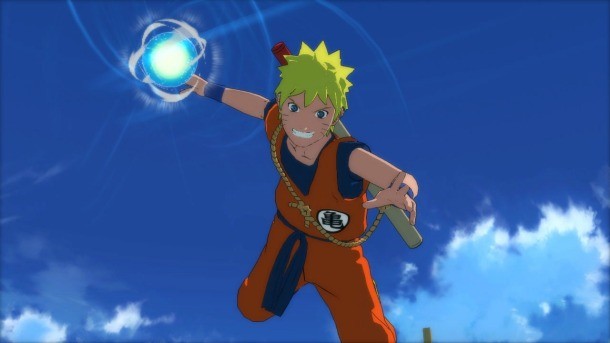
Unfortunately for Japanese manga and anime fans, the majority of video games based on those two mediums don’t often make it to our shores. Reasons such as licensing and popularity get in the way, but every once in a while we’re lucky enough to get something based on our favorite franchises – and we’re even luckier if it’s not just a quick cash-in title banking on popularity to sell units.
Below is the list of the best manga and anime-based games available. None are perfect, but they present the best of the bunch for different reasons ranging from nailing the comedic tone of a series, to mimicking the action perfectly.
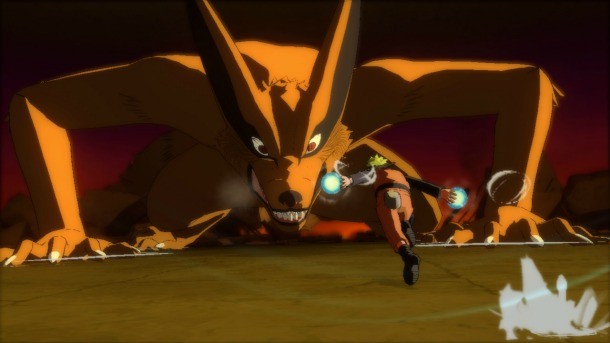
Naruto Shippuden: Ultimate Ninja Storm 3 – PlayStation 3, Xbox 360 (March 5, 2013)
Ultimate Ninja Storm 3 isn't just a good game based on an anime, but a great video game in general.
The manga series provides one of the best stories ever told in a very rich and imaginative world. It’s too bad Ultimate Ninja Storm 3 doesn't go as deeply as it could to showcase the tale.
It does, however, present the story with the kind of brevity needed to keep people riding high on the rollercoaster of beautifully animated action sequences, large-scale battles with the giant Nine-Tails, and quick-time events that are truly engrossing.
The latest iteration gets the nod for the best of the bunch as it takes place during the Fourth Shinobi World War story arc, meaning the action is ramped up, even if this is a part of the manga’s story that starts to slow down to a trudge until the real enemy is finally revealed and on the battlefield. With that in mind, maybe it is a good idea the title focuses on blowing fire from your character’s mouth, cutting people with lightning, and summoning toads, instead of story.
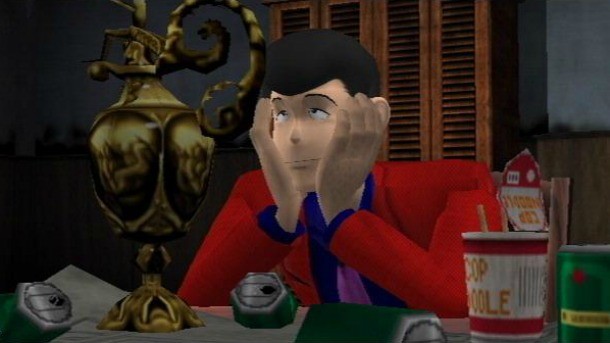
Lupin the 3rd: Treasure of the Sorcerer King – PlayStation 2 (April 11, 2004)
Lupin’s tale of misfits isn’t the best title on this list. The hodgepodge of cartoonish Metal Gear Solid gameplay smashed into other play styles like third-person shooting just does enough to keep the game average.
However, it does nail the feeling of a Lupin adventure. The thief is up to his typical shenanigans; Fujiko is devilishly sly; and Zenigata is, well, he’s Zenigata to a tee, meaning he provides some comical moments as he remains a step behind the master thief.
The game’s story won’t win any narrative awards, but the adventure does feel like it’s straight out of a Lupin manga chapter, anime episode, or film – and that’s a great accomplishment considering how poorly crafted some anime games can be.

Naruto: The Broken Bond – Xbox 360 (November 18, 2008)
Ubisoft Montreal (Yes, the developer behind the Assassin’s Creed games) hasn’t made a game based on the franchise since before the Shippuden era of Naruto, and it’s a shame. Though Ultimate Storm may have it beaten in terms of grandeur and flash presented in fighting sequences (seriously – you go one on one with a giant fox capable of shooting “chakra bombs” from its mouth Dragon Ball Z style), Broken Bonds had all of its adventure aspects moving in the right direction in what was a very dense and expansive world.
Heck, I never even made it to the end after getting sidetracked at the carnival games, chasing down secret characters to dual, and collecting special cards. The immersion presented in this Naruto world could only have gotten better if Ubisoft Montreal had continued to create games based on the Nine-Tail’s Jinchuriki.
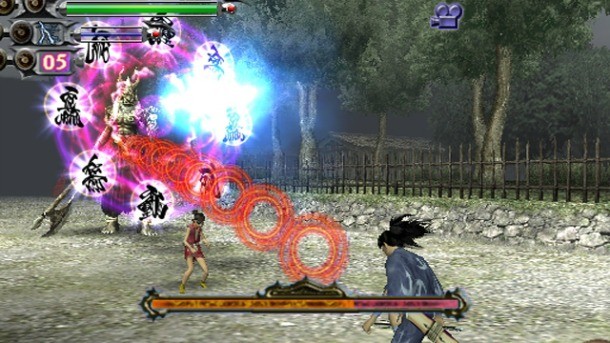
Blood Will Tell: Tezuka Osamu’s Dororo – PlayStation 2 (September 21, 2004)
Based on Tezuka Osamu's manga, Dororo, Blood Will Tell is one of the most overlooked PlayStation 2-era gems. The story premise is unique: Hyakkimaru must regain pieces of his body stolen by 48 fiends when he was a baby.
This situation makes for some interesting gameplay quirks that make sense. For example: gamers start playing in a black and white world until the hero gets an eye back, letting him use his real vision instead of his mind’s eye, thus adding color to the game. Hyakkimaru’s body is an arsenal; inside his knee hides a cannon, and he has swords for arms.
Gaining his real body parts adds to his abilities or core senses. Often times these are gained by finding fiends on side quests, meaning travelling back to beaten levels presents fun rewards and unlocks the real ending.
It may not have the same charm or visual style as Osamu’s manga, but it’s a unique action game with a solid story set in ancient Japan.
[Next up: Big yellow hairstyles, samurai, and robots make up the rest of the list]
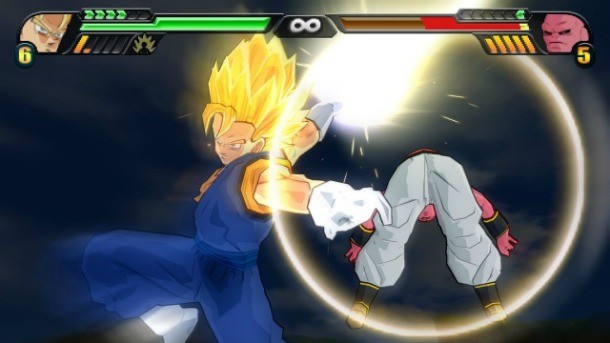
Dragon Ball Z: Budokai Tenkaichi 3 – Nintendo Wii, PlayStation 2 (November 13, 2007)
For years gamers had to resort to modding their consoles or downloading emulators to play a decent Dragon Ball Z game. Then the Z Warriors started spilling forth onto the PlayStation 2. Of all the titles on Sony’s box, Tenkaichi stands above the rest for two reasons: it allows fighting in huge 3D spaces, and the list of selectable fighters takes longer to scroll through than it takes main hero Goku to charge up his Spirit Bomb.
The speedy gameplay in the open areas mimics what everyone imagines it is like to be a fighter in the DBZ universe, and the Wii version even includes waggling controls to make you look ridiculous as you flail your hands around to get off a Kamehameha blast. It sure beat pretending to shoot energy balls at my cat from my hands all those countless times in my living room.
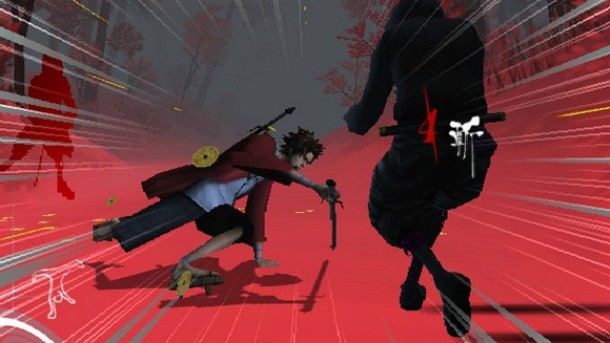
Samurai Champloo: Sidetracked – PlayStation 2 (April 12, 2006)
Samurai Champloo’s feudal era Japan is a decidedly different one. Point in case: hip hop is a popular music genre in the anime’s world.
Historical accuracy aside, Cowboy Bebop creater Shinichirō Watanabe crafted something bizarre and intriguing in the anime space and Grasshopper Manufacture’s (Killer 7, No More Heroes, Shadows of the Damned) PlayStation 2 entry takes the crazy and runs with it.
Though essentially a button-masher, Sidetracked fuses hip hop into the fighting system. Records you buy at shops provide Jin and Mugen with different combos to equip for levels. Selecting new tracks for different battle styles changes up the gameplay more than your typical anime action game, but make no mistake: the game’s focus on providing the anime’s tone, humor, and sharp dialogue is what truly matters. In that regard, non-fans may not find too much to enjoy in this side story.
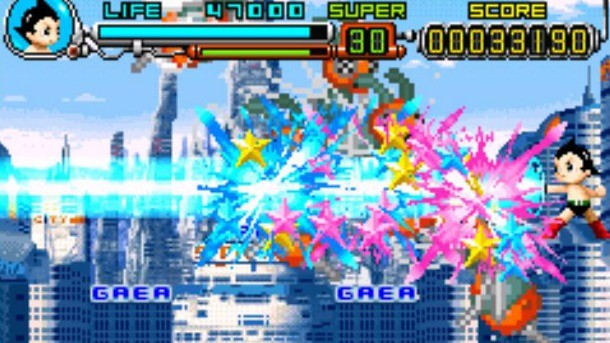
Astro Boy: Omega Factor – Game Boy Advance (August 18, 2004)
One might think that the console offering of a game may be the one to get (and Astro Boy for the PlayStation 2 isn’t a bad game by any means), but Treasure’s handheld version truly shows off Astro Boy’s best arm cannon-totin’ side.
A 2D side-scrolling beat ‘em up game with the occasional flying sequence may not inspire much faith, but the GBA game provides a tight, challenging package that garnered much critical praise upon release.
Although short, secret characters that open up the path to the real ending keep replayability high, and the art is top-notch. Astro Boy still hasn’t topped this game – and it stands among the GBA’s best titles.
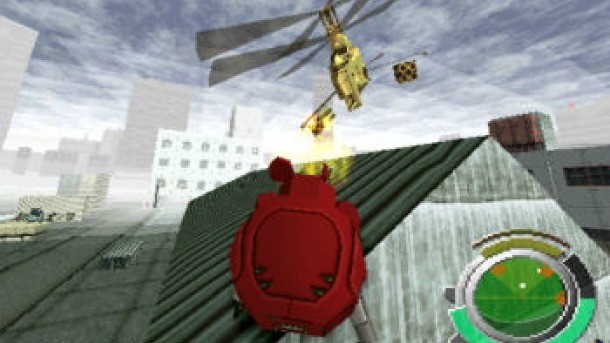
Ghost in the Shell – PlayStation (November 3, 1997)
For being such a popular anime and manga property in the US and Japan, Ghost in the Shell does not have many fun games tied to its name. The PSP and PlayStation 2 titles barely do it justice, and you have to be a fan able to look past some terrible blemishes to enjoy them.
The PS1 game was much, much better. The shining light in the series’ tiny oeuvre of titles, Ghost in the Shell gives players control of a Fuchikoma. With this spider-like tank, players can traverse just about anywhere in a level, attaching to walls and ceilings.
Though the action game is short and relies on the gimmick of utilizing the Fuchikoma, its production values, anime cutscenes produced by Production I.G., and generally enjoyable gameplay keep it a fun game in the Ghost in the Shell world.
What do you think? Is there a game you think should have made the cut? Let me know in the comments below.










